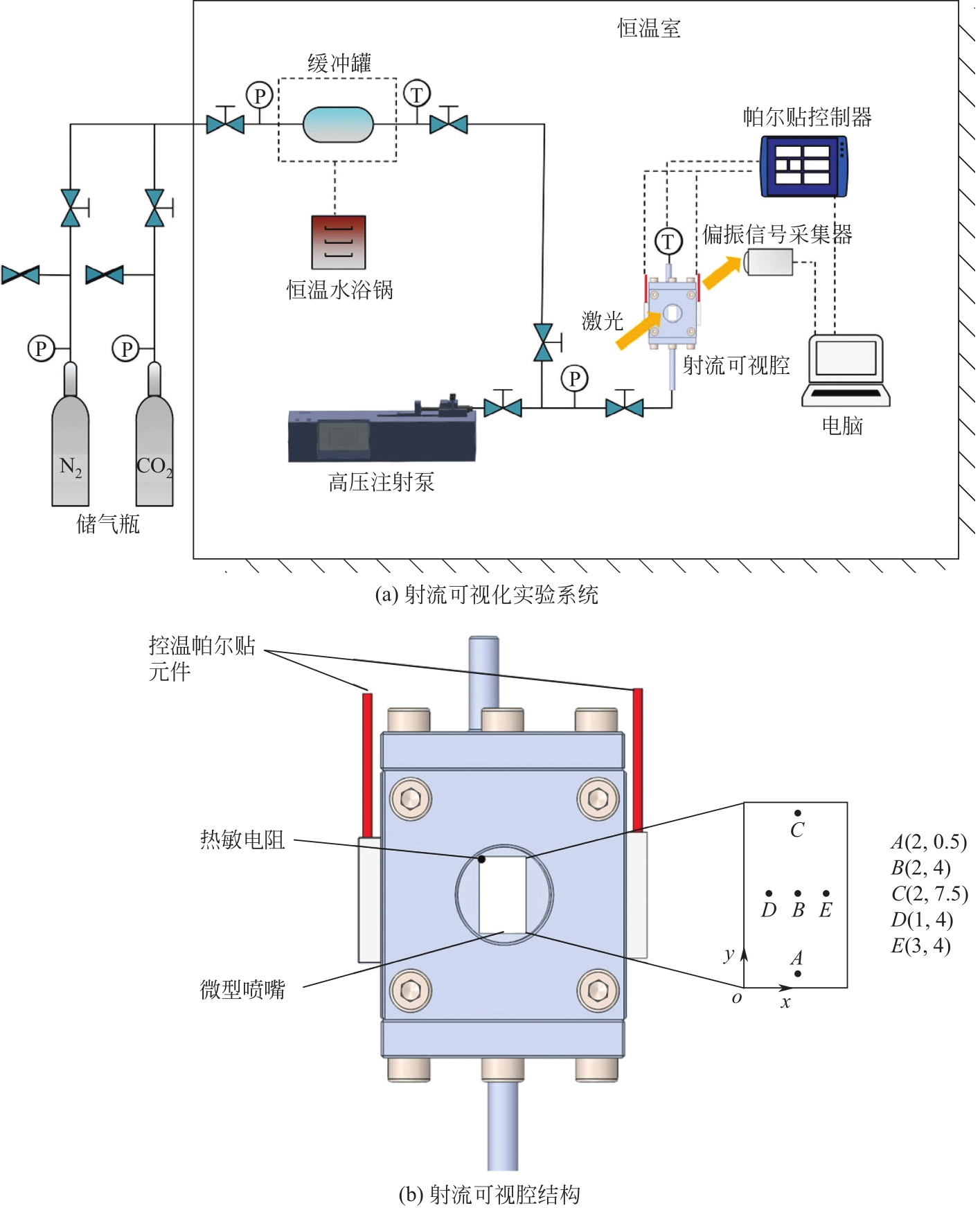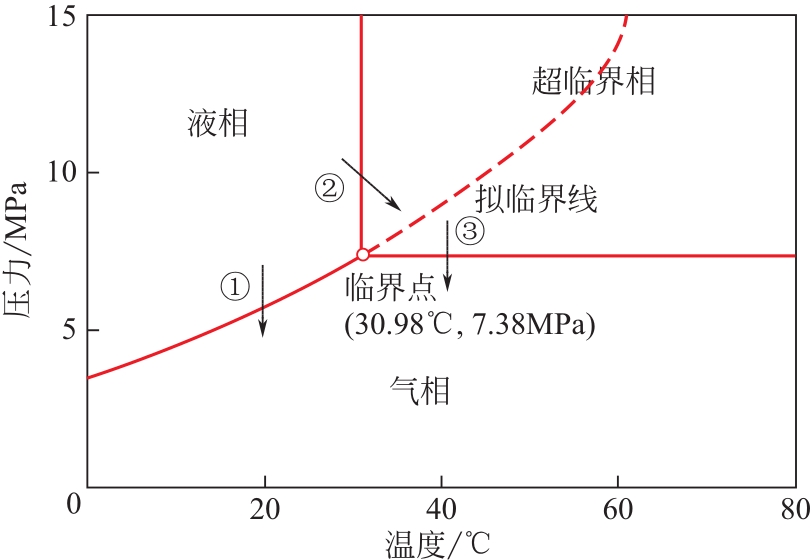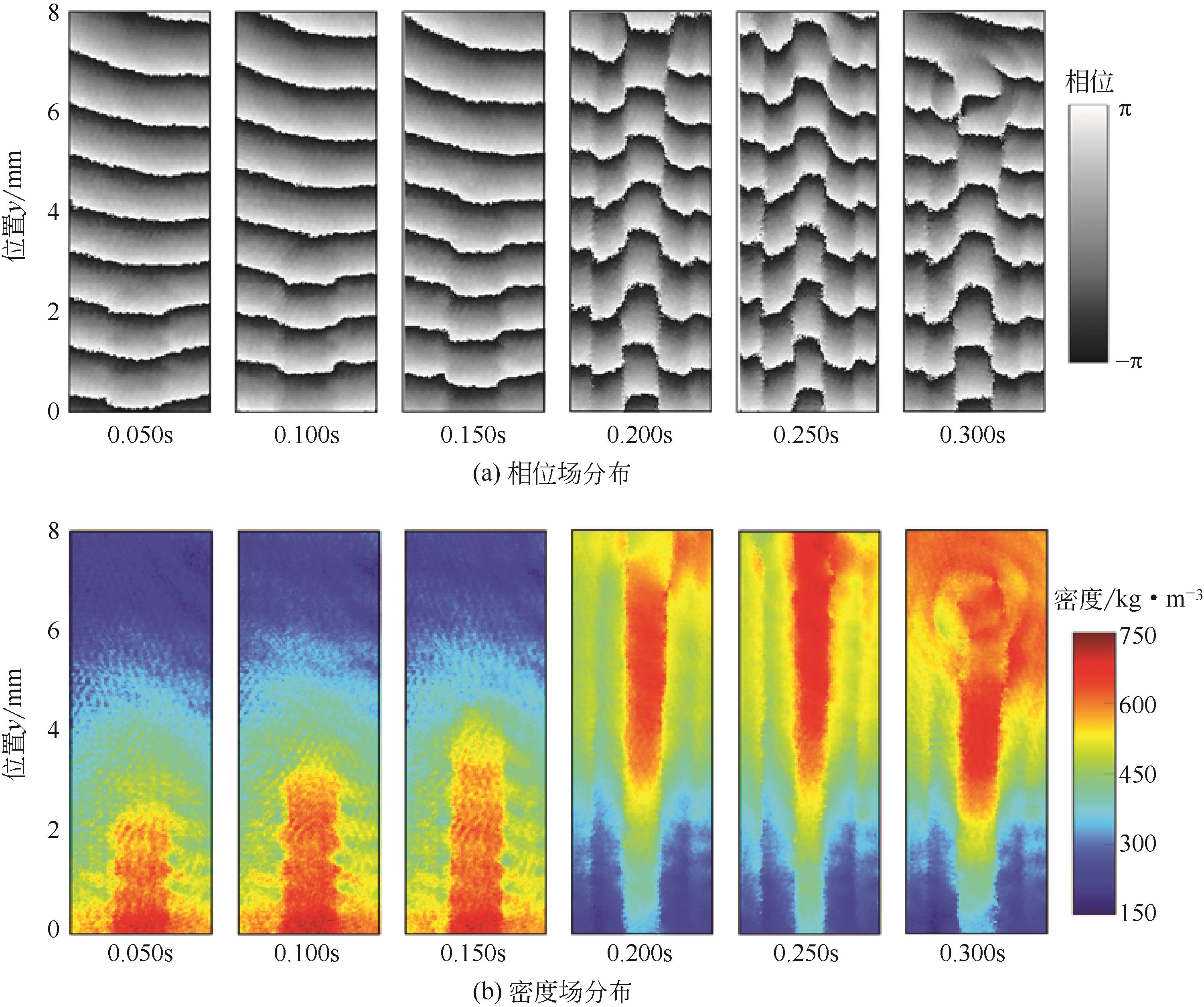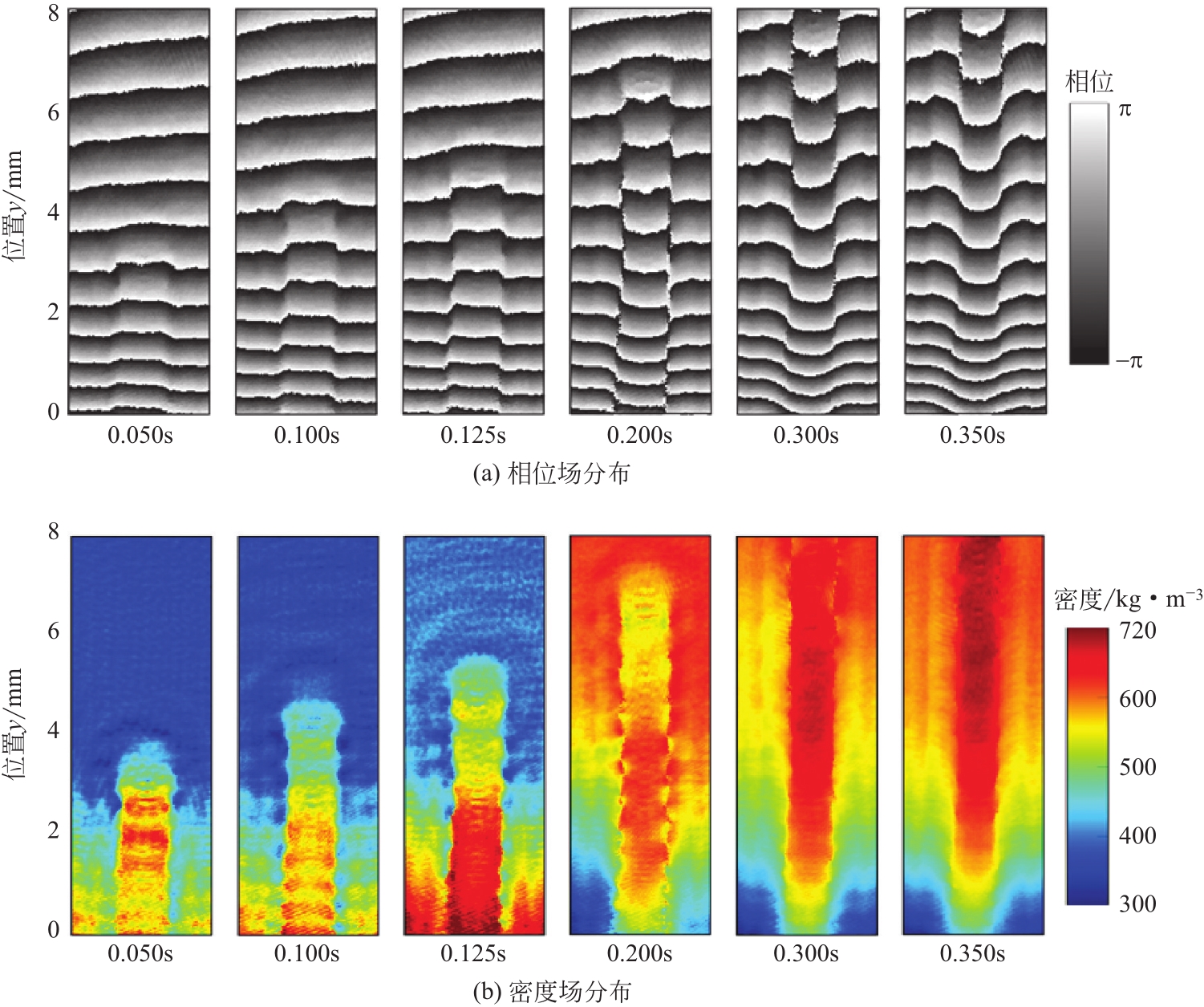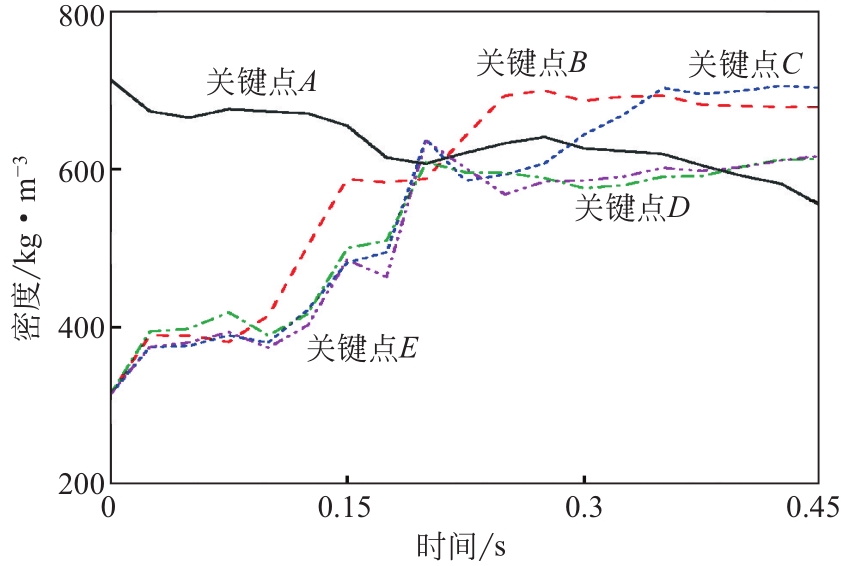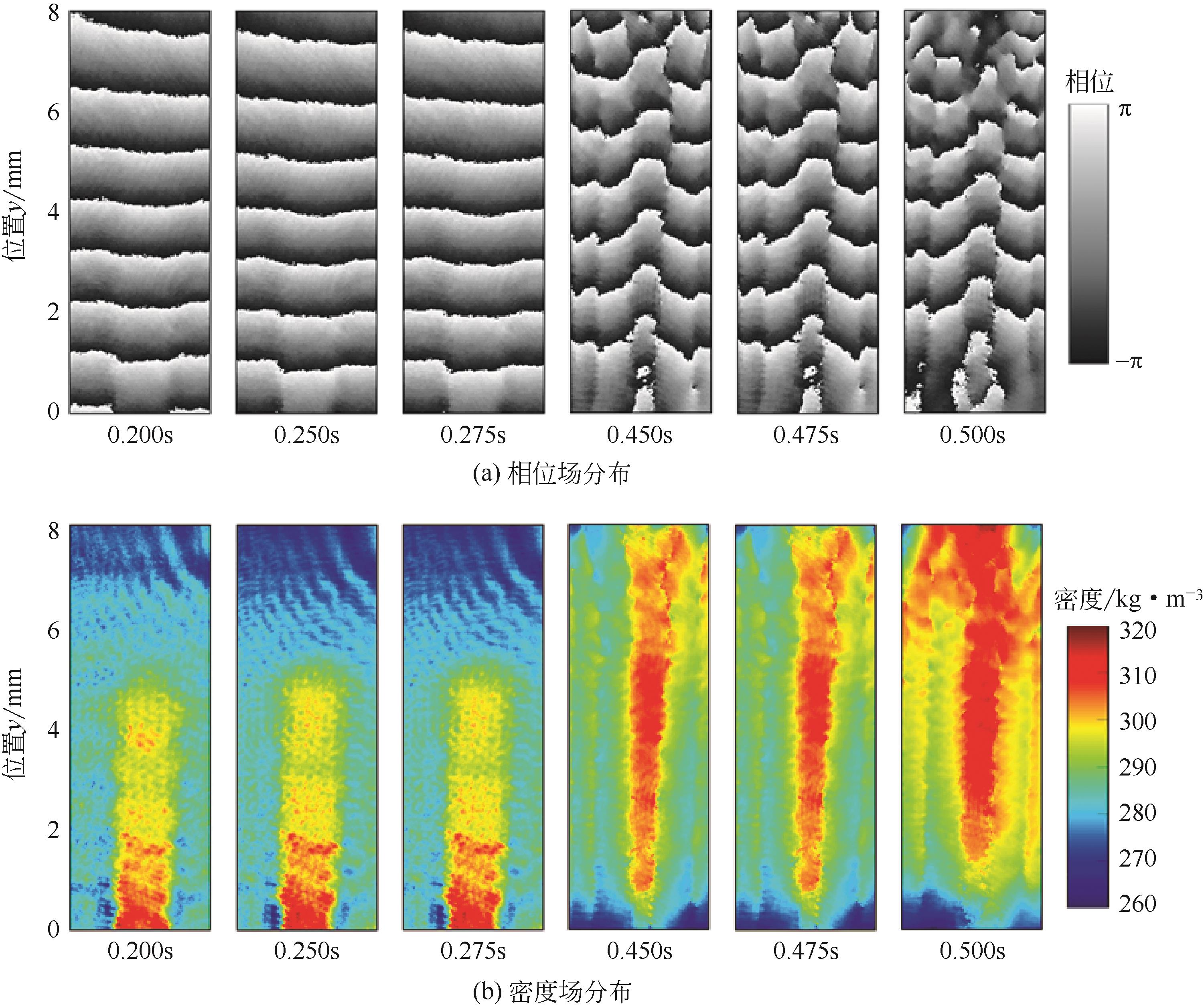| 1 |
LIN C. Handbook of research on advancements in supercritical fluids applications for sustainable energy systems[M]. Pennsylvania: IGI Global, 2021.
|
| 2 |
LIN C. Microchannel flow dynamics and heat transfer of near-critical fluid[M]. Berlin: Springer, 2017.
|
| 3 |
LIN K C, COX-STOUFFER S K, JACKSON T A. Structures and phase transition processes of supercritical methane/ethylene mixtures injected into a subcritical environment[J]. Combustion Science and Technology, 2006, 178(1/2/3): 129-160.
|
| 4 |
ROY A, SEGAL C. Experimental study of fluid jet mixing at supercritical conditions[J]. Journal of Propulsion and Power, 2010, 26(6): 1205-1211.
|
| 5 |
DESOUZA S, SEGAL C. Sub- and supercritical jet disintegration[J]. Physics of Fluids, 2017, 29(4): 047107.
|
| 6 |
XIA J, ZHANG Q K, HUANG Z, et al. Experimental study of injection characteristics under diesel’s sub/trans/supercritical conditions with various nozzle diameters and injection pressures[J]. Energy Conversion and Management, 2020, 215: 112949.
|
| 7 |
CHEHROUDI B, TALLEY D, COY E. Visual characteristics and initial growth rates of round cryogenic jets at subcritical and supercritical pressures[J]. Physics of Fluids, 2002, 14(2): 850-861.
|
| 8 |
GULYAEV I P, GOLUBEV M P, KUZMIN V I, et al. Optical study of supersonic jet structure in atmospheric plasma spraying[C]//AIP Conference Proceedings. AIP Publishing LLC, Novosibirsk, Russia, 2018, 2027(1): 030066.
|
| 9 |
LIU F S, GAO Y L, ZHANG Z, et al. Study of the spray characteristics of a diesel surrogate for diesel engines under sub/supercritical states injected into atmospheric environment[J]. Fuel, 2018, 230: 308-318.
|
| 10 |
FAHEEM M, KHAN A, KUMAR R, et al. Estimation of Mach numbers in supersonic jets using schlieren images[J]. Materials Today: Proceedings, 2021, 46: 2673-2676.
|
| 11 |
WILLIAMS A, SEITZMAN J, ZINN B T. Visualization of autoignition kernels in a jet—A spray using high-speed OH PLIF[C]//AIAA Propulsion and Energy 2020 Forum, Virginia, 2020: 3783.
|
| 12 |
MIDDELKOOP V, BOLDRIN P, PEEL M, et al. Imaging the inside of a continuous nanoceramic synthesizer under supercritical water conditions using high-energy synchrotron X-radiation[J]. Chemistry of Materials, 2009, 21(12): 2430-2435.
|
| 13 |
CUSSLER E L. Diffusion: mass transfer in fluid systems[M]. England: Cambridge University Press, 2009.
|
| 14 |
MAYINGER F. Heat transfer at the phase interface of bubbles collapsing in subcooled liquids and during subcooled boiling[J]. Heat and Mass Transfer, 2006, 42(10): 869-874.
|
| 15 |
BRUNING J H, HERRIOTT D R, GALLAGHER J E, et al. Digital wavefront measuring interferometer for testing optical surfaces and lenses[J]. Applied Optics, 1974, 13(11): 2693-2703.
|
| 16 |
SHOJI E, KOMIYA A, OKAJIMA J, et al. Development of quasi common path phase-shifting interferometer for measurement of natural convection fields[J]. International Journal of Heat and Mass Transfer, 2012, 55(25/26): 7460-7470.
|
| 17 |
WU Q X, CHEN L, KOMIYA A. Dynamic imaging and analysis of transient mass transfer process using pixelated-array masked phase-shifting interferometry[J]. International Journal of Heat and Mass Transfer, 2021, 174: 121339.
|
| 18 |
COLEMAN H W, STEELE W G. Experimentation and uncertainty analysis for engineers[M]. 2nd. New York: John Wiley & Sons, 1999.
|
| 19 |
TAKAHASHI Y, CHEN L, OKAJIMA J, et al. Interferometric measurement and numerical comparisons of supersonic heat transfer flows in microchannel[J]. Applied Thermal Engineering, 2016, 109: 582-590.
|
| 20 |
MILLERD J, BROCK N, HAYES J, et al. Fringe 2005: the 5th international workshop on automatic processing of fringe patterns: pixelated phase-mask dynamic interferometers[M]. Berlin: Springer, 2006: 640-647.
|
| 21 |
LORENTZ H A. Collected papers: concerning the relation between the velocity of propagation of light and the density and composition of media[M]. Berlin: Springer, 1936: 1-119.
|
| 22 |
BORN M, WOLF E. Principles of optics: electromagnetic theory of propagation, interference and diffraction of light[M]. Britain: Elsevier, 2013.
|
| 23 |
KANDA Y, SHOJI E, CHEN L, et al. Measurement of transient heat transfer in vicinity of gas–liquid interface using high-speed phase-shifting interferometer[J]. International Communications in Heat and Mass Transfer, 2017, 89: 57-63.
|
| 24 |
REITZ R D, BRACCO F V. Mechanism of atomization of a liquid jet[J]. The Physics of Fluids, 1982, 25(10): 1730-1742.
|
| 25 |
CHEHROUDI B. Recent experimental efforts on high-pressure supercritical injection for liquid rockets and their implications[J]. International Journal of Aerospace Engineering, 2012, 2012: 121802.
|
| 26 |
OSCHWALD M, SMITH J J, BRABAM R, et al. Injection of fluids into supercritical environments[J]. Combustion Science and Technology, 2006, 178(1/2/3): 49-100.
|

